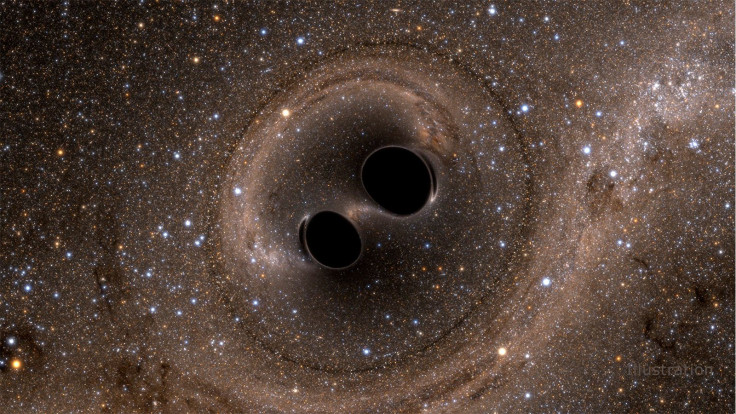Astronomers Claim To Find Second Black Hole At Milky Way’s Center

KEY POINTS
- Astronomers believe Milky Way has a secondary black hole
- The secondary black hole could be 100,000 times more massive than the Sun
- Black holes can affect the orbit of nearby stars
A team of astronomers claimed in a new study that there could be a second black hole at the center of Earth’s galactic neighborhood. Based on their findings, the astronomers suggested that the secondary black hole at Milky Way’s center could be around 100,000 times more massive than the Sun.
Previous studies have already proven black holes exist within the center of most known galaxies. In Milky Way’s case, scientific reports indicated that the galaxy’s supermassive black hole, known as Sagittarius A*, is about 4 million times more massive than the Sun.
Usually, astronomers are able to detect the presence of black holes by studying the activities of their nearby stars. Due to the gravitational pull of these massive cosmic objects, they can sometimes affect the orbits of the stars around them.
Recently, a team of astronomers observed Milky Way’s galactic center to study a star known as S0-2, which orbits Sagittarius A* every 16 years. Due to the disturbances they detected in the star’s orbit, the astronomers speculated that there could be another black hole at the galaxy’s center, lead researcher Smadar Naoz of the University of California explained in an article posted on The Conversation.
Based on their observations, the astronomers noted that the possible secondary black hole is most likely not as massive as Sagittarius A*. They noted that if there is a secondary black hole in Milky Way, its mass is probably not over 100,000 times that of the Sun.
“Focusing on the star S0-2, we show that requiring its orbital stability in the presence of a companion to [Sagittarius A*] yields stringent constraints on the possible configurations of such a companion,” the astronomers wrote in their study. “Furthermore, we show that precise measurements of the orbital parameters of S0-2 could yield stronger constraints.”
Despite their findings, the astronomers noted that further observations are yet to be conducted in order to prove the existence of a secondary black hole near Sagittarius A*. They explained that this can be done by observing the next close approach of S0-2 on Sagittarius A*, which is expected to happen 16 years from now.
During this time, the astronomers will be able to observe if there are changes to the star’s orbit around the Supermassive black hole.
© Copyright IBTimes 2025. All rights reserved.





















